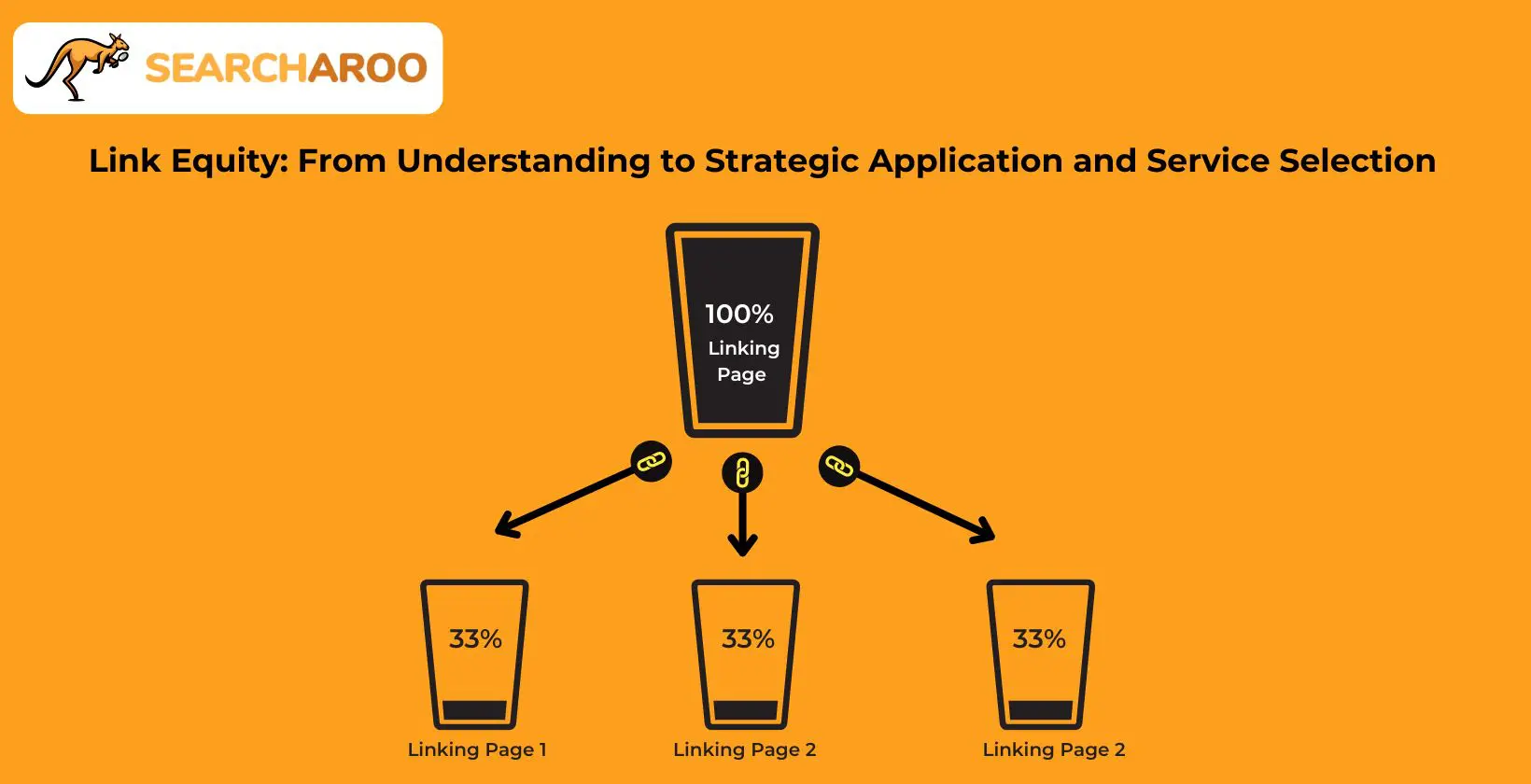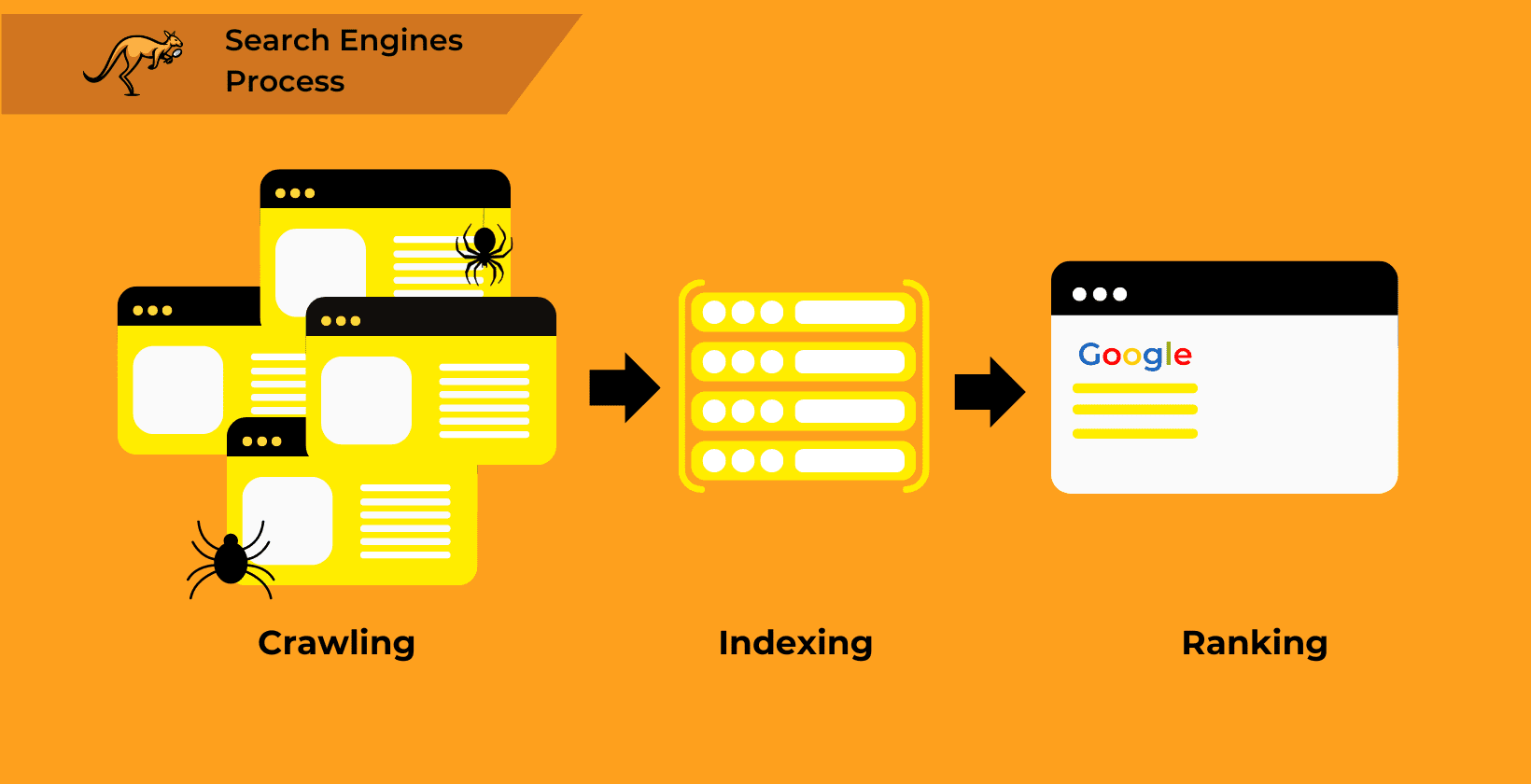It’s one of the most common questions we get asked here at Searcharoo.
And while we can’t guarantee any specific number, whether it’s about the links you’ll need or the rankings you’ll get, we still want to see your sites get insane results.
If you get good results, we get better business. Everybody wins!
That’s why we want to show you the process we use for site competitor analysis on a specific niche to understand better what we can achieve with the budget our clients agree to.
So, we’ll cover the most important aspects of relevance, competitor analysis and apply all of that to some examples.
We must clear something before we begin

Enhancing your site’s ranking for specific keywords is important to boosting its visibility in search engine results. Variations in your site’s traffic often hinge on the keywords targeted.
Even if your site experiences a drop in ranking, you can still improve its position by analyzing the right metrics and adjusting your strategy accordingly.
Start by evaluating the keyword and the specific page you aim to promote. Check the number of external domains linking to your site and those linking directly to the targeted page.
Another important step is to compare these figures with those of your closest competitors—those whose sites share a similar level of relevance in your niche.
This comparison is important as it helps you understand whether your site was appropriately positioned for the search engine results page (SERP) and why its ranking might shift—perhaps due to changing weightings of relevance and authority within the SERP.
Understanding the dynamics of your SERP positioning lays the groundwork for the next steps in enhancing your site’s relevance and authority. These are key to securing a strong, sustainable position within search results.
Relevance and Authority
In SEO, relevance measures your site’s thematic alignment and utility when targeting specific keywords, influencing how well your site matches with search queries.
This guide places a stronger emphasis on domain relevance rather than the relevance of individual links.
On the other hand, authority is gauged by the number and quality of backlinks from other domains to your entire site or particular pages.
This is evaluated by examining competing domains’ backlink profiles and rankings for identical keywords or within the same niche.
Relevance and authority are the foundational aspects of SEO that we focus on.
This involves comparing your domain’s relevance and authority against those of competitors in your desired search engine results page (SERP).
We also consider the authority of specific pages based on the backlinks they attract relative to those of competitors occupying your targeted position.
It will be essential to understand how challenging it can be to rank in various positions within SERPs.
Site Ranking Difficulty
The concept of ranking difficulty is closely linked to how search engines evaluate websites within their results pages.
The primary factors influencing a site’s ranking are its relevance and authority. These elements are important as search engines use them to assign a score to each link on your site.
A more profound understanding of how search engines prioritize these factors will clarify your site’s ranking challenges compared to your competitors and indicate how much you need to enhance these metrics to ascend in search results.
Your site may exhibit lower ranking difficulty yet possess higher domain relevance, or it might have greater authority but face competitors with more topical relevance.
To improve your search engine ranking effectively, you must assess and adjust your SEO strategy’s balance of relevance and authority. As we continue, we’ll explore how to effectively identify and analyze competitor sites to refine this balance further.
Finding & Analysing Competitor Sites

Finding competitor sites essentially means looking for a site as or similarly relevant to a specific keyword as ours. This helps us compare apples to apples regarding relevance and focus on just the authority side of things.
Now, on to the example.
Let’s say our target keyword is “Best wet dog food”, and our domain name is dogfoodadvisor.com. This would give our site a one keyword relevance for this term in our domain name.
So, we load up the imaginary Google SERPs for this example, and lo, and behold our top 3 results:
- walmart.com/dog-food (general website)
- dogloversdigest.com (keyword relevant)
- wellpet.org (category relevant)
Our analysis compares our website with dogloversdigest.com rather than larger, less relevant sites like walmart.com or wellpet.org.
This approach is beneficial because our domain name aligns more closely with relevant search terms, enhancing our site’s relevance despite possibly lower authority levels.
In contrast, a site such as bestwetdogfood.com, ranking fourth in search results, may outperform ours in keyword density and topical authority with less comprehensive site authority.
Understanding these dynamics prepares us to apply what we have learned about domain relevance and authority to optimize our strategy effectively.
Time to apply all we have learned
The first step is understanding the exact keyword we’re ranking for and seeing what results from Google are shown while keeping in mind our overall domain RDs and specific page RDs.
After this, we look for the closest ‘competitor sites’ ranking on the first page to compare against our site and better understand its current standing.
For this, let’s revisit the “Best wet dog food” example.
We have our imaginary site: dogfoodadvisor.com – which has 0 links to the target page you’re interested in ranking for (dogfoodadvisor.com /best-wet-dog-food) and a total of 400 referring domains linking to your site.
Top 3 results in google:
- walmart.com/dog-food (general website) – a total of 6.7M RDs linking to the domain – 0 to the specific page.
- dogloversdigest.com (keyword relevant) – a total of 200 RDs linking to the domain – 6 to the specific page.
- wellpet.org (category relevant) – a total of 1000 RDs linking to the domain – 0 to the specific page.
What do we do to improve our ranking?
Let’s look for our competitor site (dogloversdigest.com). We’ll notice that we have the same site keyword relevance, higher domain authority but lower page authority. Our competitor site currently has six links to their inner page, while we haven’t built any yet.
Improving our ranking in this SERP is very simple; we can beat them with a few links to our internal page. Since we have the advantage in our higher domain authority, we don’t even have to build more links than them; six will be more than enough.
What do you need to do to improve your SERP’s ranking? The most important thing is to understand if you need page power, root authority, or a mix of both, and THAT will help you determine how many links you will need to rank higher.
To gain a competitive edge in search engine rankings, carefully analyze your competitors’ backlinks.
This method provides a comprehensive understanding of their strengths and weaknesses. It outlines the precise number of links needed to elevate your position for targeted keywords.
The insights gathered from this analysis will equip you with the knowledge to refine your SEO strategies effectively.
Wondering how Searcharoo can enhance this process? Discover the reasons why Searcharoo is your optimal partner for achieving top SERP rankings through competitor analysis.
Why Is Searcharoo Your Best Choice for Achieving Top SERP Rankings Through Competitor Analysis?
Searcharoo is highly effective for achieving top SERP rankings through competitor analysis due to its full set of tools, which provide detailed insights into competitors’ strategies.
These tools include capabilities to analyze keywords, website structures, backlink profiles, and content strategies. This enables users to identify where they are lagging and capitalize on opportunities that competitors are leveraging.
Also, Searcharoo offers real-time data and updates. Businesses can consequently stay current with SEO trends and adjust their tactics swiftly to maintain a competitive edge.
The platform might also boast a user-friendly interface, making it accessible to users with varying levels of SEO expertise and allowing for broad team involvement in SEO efforts.
Integration with other platforms and tools like Google Analytics and social media could centralize data analysis, enhancing strategic decision-making.
Their customizable reports, which target specific business goals and provide access to expert support and educational resources, would greatly help businesses refine their SEO strategies and improve their rankings.
If you still have questions, send us an email or hit that free strategy call button down there and we will help you out and get back to you.


